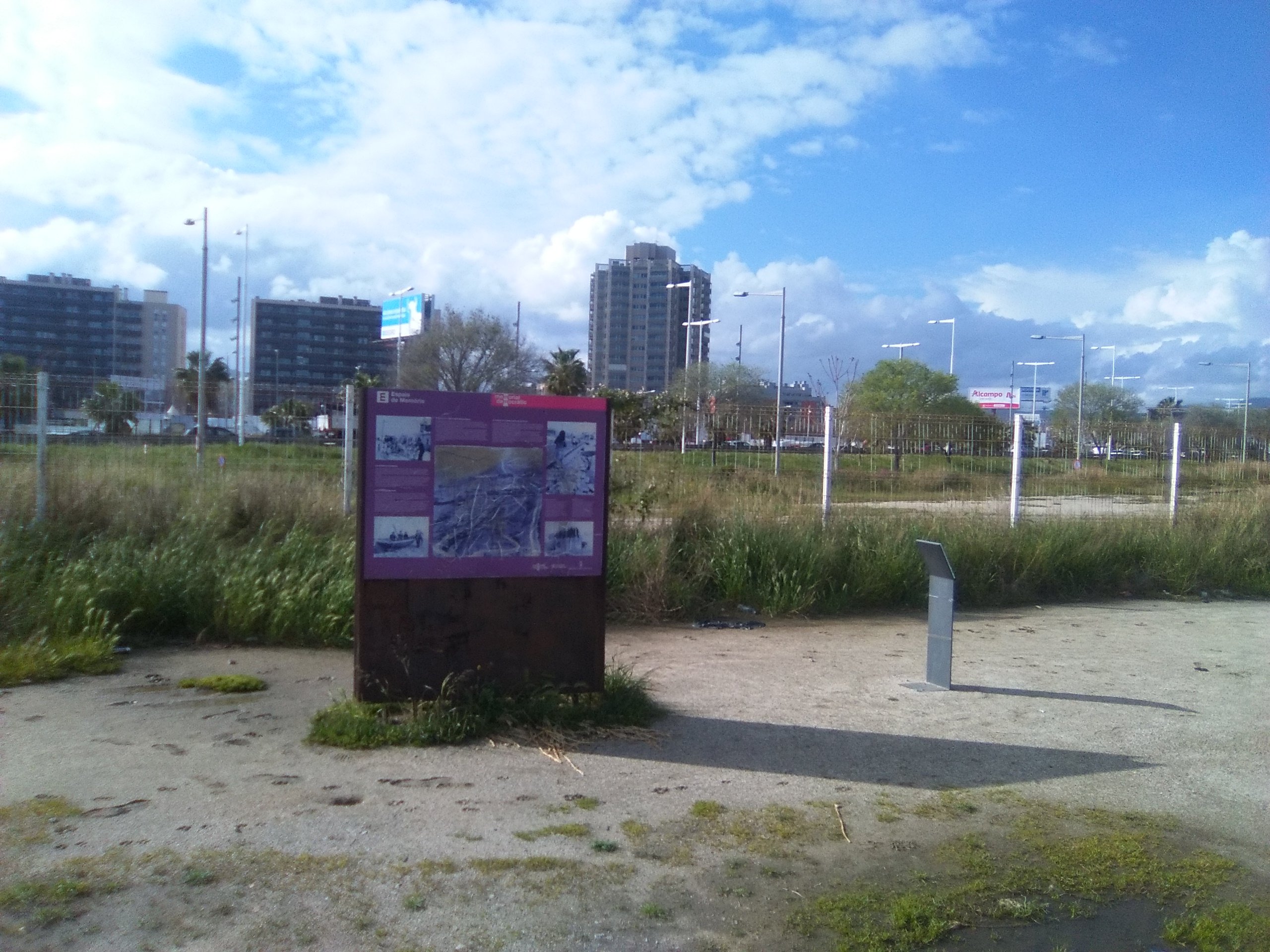Barcelona city council's historical memory programmes have uploaded a new map of the city - available in Catalan, Spanish and English - showing all of the historical plaques and information stands that have been installed around the city in order to mark key sites in the democratic memory of Barcelona. There are currently 30 stands and 53 plaques that are just the start of the process of "signposting Barcelona's democratic memory".
These small memorials are located in places where social, cultural and political events occurred that have helped make it possible "to reach higher levels of equality." By signposting places that are "worthy of being explained", the intention is to "convey to the general public this legacy of struggle and exemplariness" of acts against "tyranny, successive rebellions or the struggle against various forms of oppression and injustice".
There are two types of signage: information stands and round plaques, and the map differentiates between elements that have already been installed and those that are in process or planned. On the one hand, the information stands, red in colour, contain a brief explanation of the space and the event that occurred there, in order to contextualise it, in Catalan, Spanish and English. On the other, are the plaques, circular and blue in colour, mark with just a few words the reason why a person, a event or activity is commemorated. In many cases it identifies the place where an outstanding figure was born or lived.
The plaques mark a wide variety of historical events. On the broad boulevard of Gran Via, outside number 633, there is one that recalls 1930s Catalan president Lluís Companys, later assassinated by Franco's military forces, outside the home that was his last address in Barcelona. On Carrer Nou de la Rambla, 175, in Ciutat Vella, there is a plaque in memory of Ramon Perera, developer of the system of anti-aircraft bomb shelters whose construction honeycombed Barcelona during the civil war. Uptown in Carrer Rector Ubach, a plaque on a building that was home to theologian Raimon Panikkar recalls the intellectual baggage of this man, a defender of multiculturalism... Also part of the programme, is one information stand that has already gained a certain infamy, creating some new history of its own: an information stand on Via Laietana, outside the Spanish National Police headquarters, where victims of Franco-era torture and repression are remembered. A stand that has generated new controversies and has been vandalised on several occasions.
Main photo: Information stand installed in the Camp de la Bota, place of executions during the Franco era.

